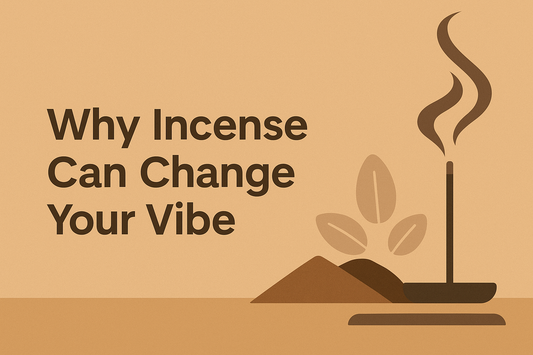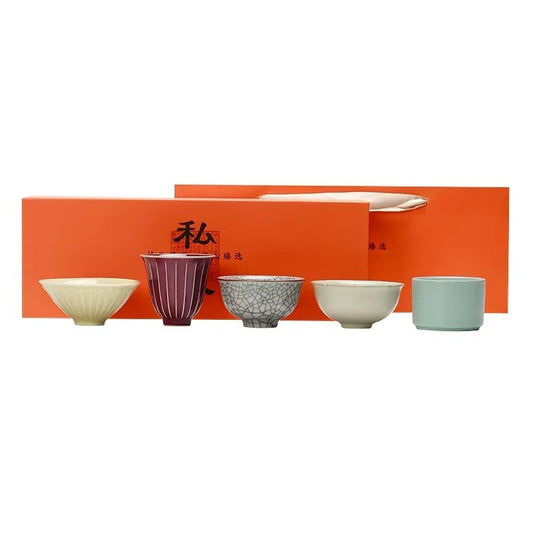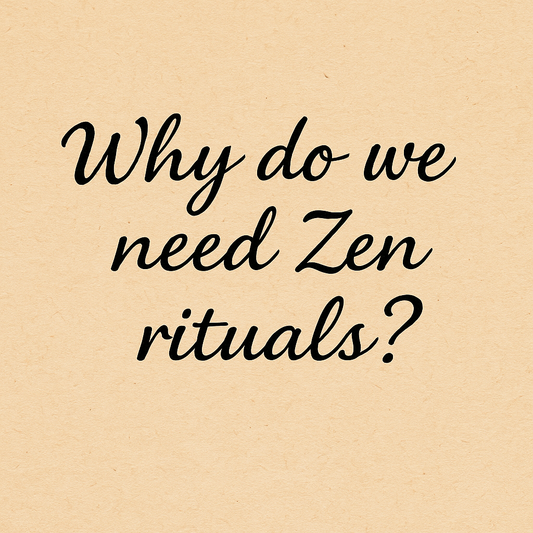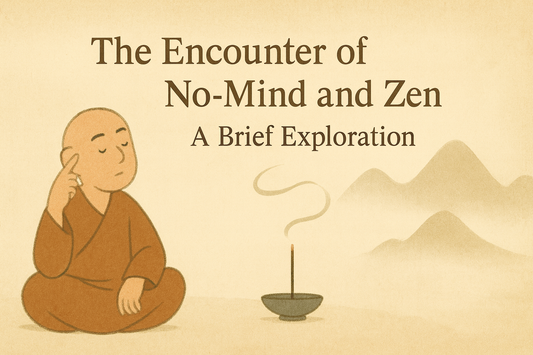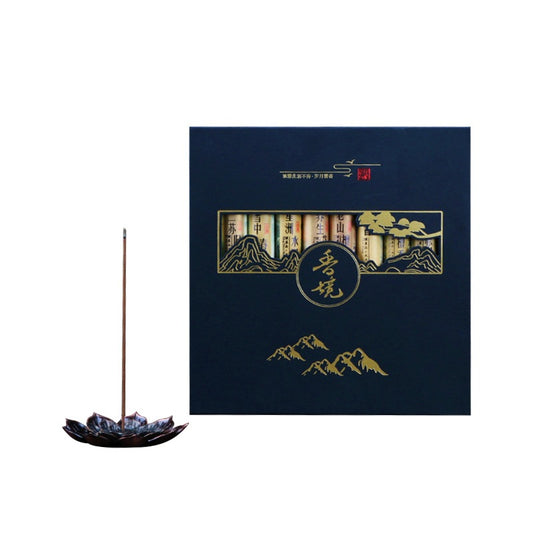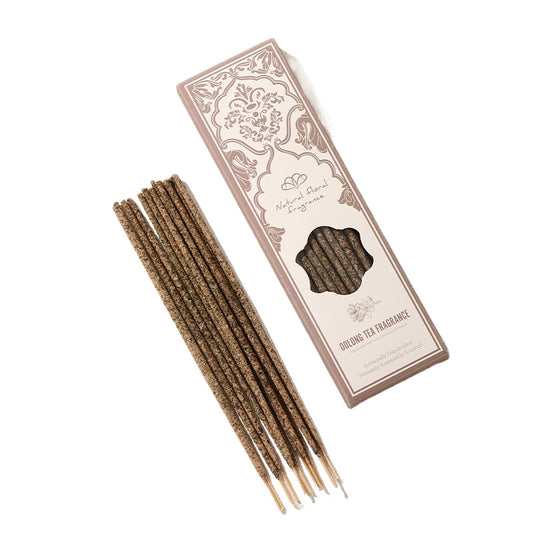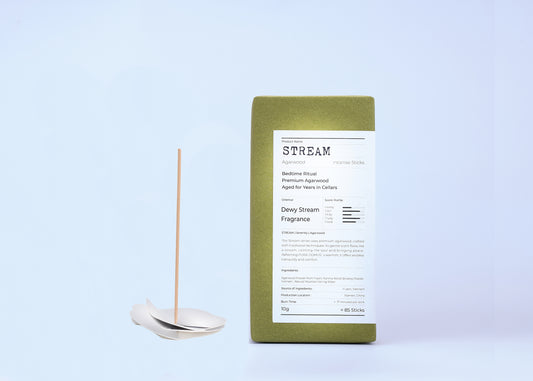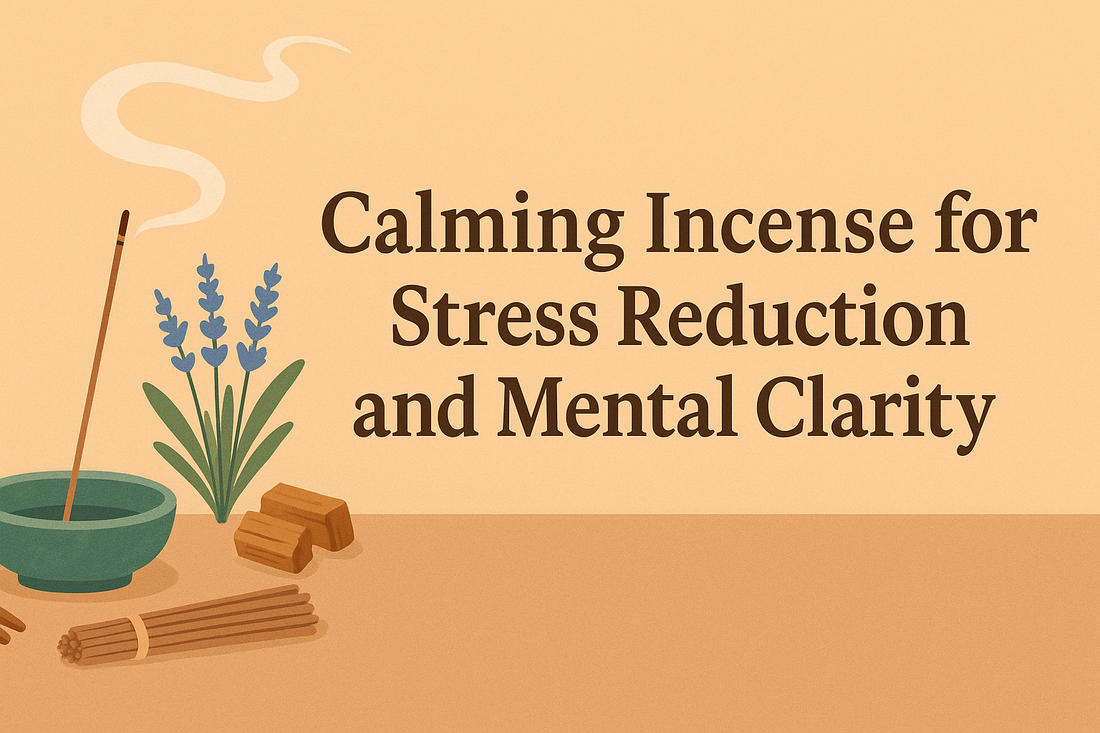
The Definitive Guide to Calming Incense for Stress Reduction and Mental Clarity
In a world of constant digital stimulation and high-pressure demands, achieving a state of genuine calm has become a critical component of well-being. While numerous methods exist, the ancient practice of burning calming incense offers a unique, sensory pathway to tranquility. This isn't merely about introducing a pleasant scent; it's about leveraging the principles of aromatherapy to measurably reduce stress, enhance mental clarity, and improve sleep quality. This guide provides a definitive overview of how calming incense works, its most effective ingredients, and how to integrate it into a modern lifestyle for maximum benefit, whether you're in a high-rise apartment in New York City or a quiet suburban home in London.
The Science of Serenity: How Calming Incense Works calming incense effects on mind
The relaxing effect of incense is a well-documented phenomenon, attributable to the interaction of its aromatic compounds with the brain's limbic system. The limbic system, responsible for emotion and memory, is directly connected to the olfactory bulb, making scent a powerful modulator of mood and stress levels.
Aromatic Alchemy: The Brain-Scent Connection
The primary mechanism of calming incense is its aromatic compounds, which, when inhaled, trigger physiological responses that promote relaxation. As documented in the *Journal of Clinical and Diagnostic Research*, aromatherapy can lead to a reduction in heart rate, lower blood pressure, and decreased levels of the stress hormone cortisol [1]. Specific compounds found in popular incense ingredients, such as linalool in lavender and santalol in sandalwood, have been scientifically observed to have anxiolytic (anxiety-reducing) and sedative effects by interacting with neurotransmitters in the brain [2, 3].
The Ritualistic Release: A Pathway to Mindfulness
Beyond its chemical properties, the act of burning incense is a powerful mindfulness ritual. The deliberate process of lighting a stick, observing the smoke, and focusing on the aroma creates a sensory anchor in the present moment. This ritual helps signal a transition from a state of stress to one of relaxation, making it an effective tool for daily self-care and mental conditioning.
Your Aromatic Arsenal: Key Ingredients in Calming Incense best ingredients for calming incense
The efficacy of calming incense is determined by its ingredients. The most effective varieties are crafted from natural materials with proven therapeutic properties.
- Sandalwood: Widely regarded as the premier scent for meditation, sandalwood is prized for its ability to quiet mental chatter and foster a sense of inner peace. Its primary active compound, santalol, is known for its grounding and calming effects.
- Lavender: A staple in relaxation aromatherapy, lavender's sweet, floral scent is proven to alleviate anxiety and promote restful sleep. It is one of the most studied herbs for its sedative properties.
- Frankincense: This ancient resin is known to deepen breathing and calm the nervous system. Its active compounds, incensole and incensole acetate, have demonstrated anti-depressive and anxiolytic effects in scientific studies.
- Chamomile: Known for its use in calming teas, chamomile incense offers a gentle, soothing aroma that effectively eases tension and promotes comfort.
- Vetiver: With its deep, earthy aroma, vetiver is profoundly grounding. It is particularly effective for mitigating feelings of overwhelm and promoting emotional stability.
- Agarwood (Oud): A complex and highly-prized resin, agarwood is used in meditative practices to quiet the mind and induce a state of deep tranquility.
For optimal results, it is crucial to select incense made from 100% natural ingredients, as synthetic fragrances can be irritating and lack the therapeutic benefits of their natural counterparts.
Integrating Calm: How to Use Incense for Relaxation incense for stress relief and sleep
A strategic approach to using calming incense can significantly enhance its effectiveness.
1. Establish a Sanctuary: Designate a clean, uncluttered space for your relaxation ritual. A serene environment amplifies the calming effects of the incense.
2. Practice Mindful Lighting: Treat the act of lighting the incense as a moment of mindfulness. This simple ritual can effectively shift your focus to the present.
3. Ensure Proper Ventilation: Gentle airflow is essential. It circulates the aroma without making it overwhelming and ensures a cleaner, safer burn.
4. Time Your Rituals:
* For Sleep: Burn lavender or chamomile incense 30 minutes before bed to signal the body and mind to wind down. * For Meditation: Use sandalwood or frankincense to deepen focus and quiet the mind during practice. * For Stress Reduction: Light an incense stick upon returning home from a stressful day to facilitate a transition to a relaxed state.5. Personalize Your Scents: Individual responses to scents vary. Experiment with different types of calming incense to identify the aromas that are most effective for you.
Conclusion: A Scientifically-Backed Path to Inner Peace
Calming incense provides a scientifically-supported, time-honored method for cultivating peace in a fast-paced world. It is a versatile tool for mindfulness, relaxation, and creating a serene personal environment. By understanding its mechanisms and ingredients, you can effectively integrate this practice into your life for improved well-being.
Frequently Asked Questions (FAQ) about Calming Incense
What is the primary function of calming incense?
The primary function of calming incense is to promote relaxation and reduce stress by releasing aromatic compounds that interact with the brain's limbic system. Ingredients like lavender and sandalwood are scientifically recognized for their anxiolytic (anxiety-reducing) properties.
How long should calming incense be burned for optimal effect?
For general relaxation, burning incense for 15-30 minutes is typically sufficient. For deeper meditative states, it can be burned for longer periods, provided there is adequate ventilation to ensure air quality.
Is it safe to use calming incense for individuals with respiratory sensitivities?
Individuals with respiratory conditions such as asthma should exercise caution. It is essential to ensure excellent ventilation and to use only high-quality, natural incense free from synthetic additives. Consulting a healthcare professional is recommended if you have pre-existing respiratory concerns.
References
[1] A. K. Singh et al., "Aromatherapy: A Comprehensive Review," Journal of Clinical and Diagnostic Research, vol. 10, no. 8, pp. ZE01-ZE05, Aug. 2016. [Online]. Available: https://www.ncbi.nlm.nih.gov/pmc/articles/PMC5038332/
[2] S. Koulivand et al., "Lavender and the Nervous System," Evidence-Based Complementary and Alternative Medicine, vol. 2013, Article ID 681304, 10 pages, 2013. [Online]. Available: https://www.ncbi.nlm.nih.gov/pmc/articles/PMC3612440/
[3] P. S. S. S. Rao et al., "Sandalwood (Santalum album L.): A Review of Its Phytochemistry and Pharmacology," Journal of Essential Oil Bearing Plants, vol. 21, no. 6, pp. 1507-1520, 2018. [Online]. Available: https://www.tandfonline.com/doi/abs/10.1080/0972060X.2018.1554554



